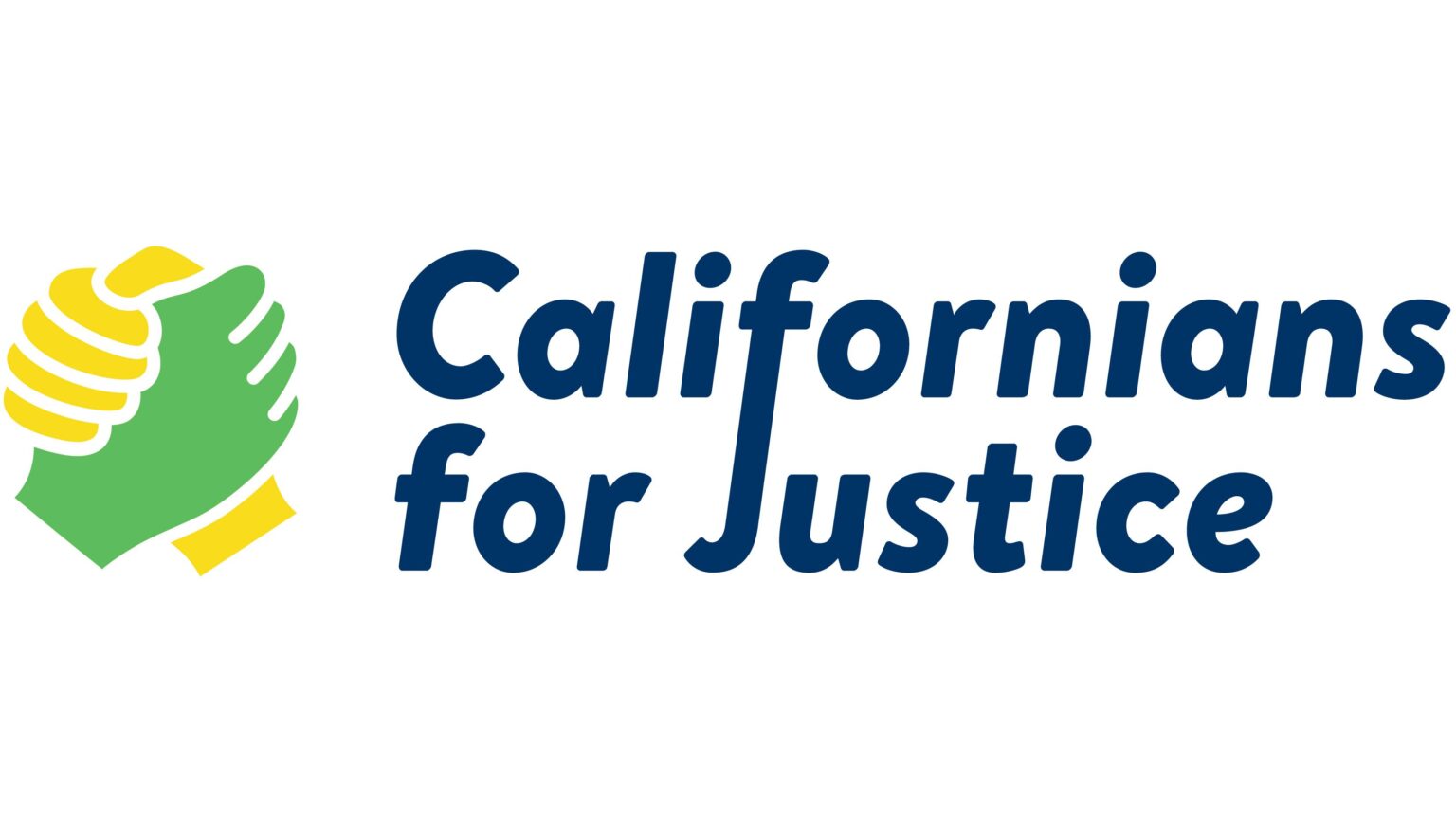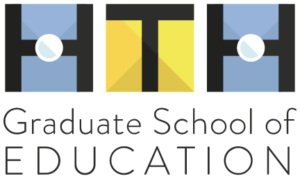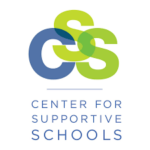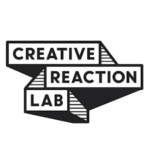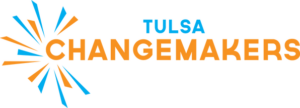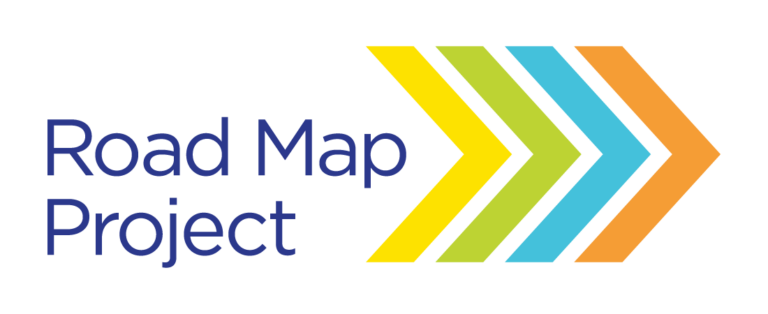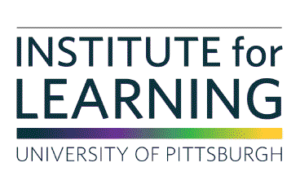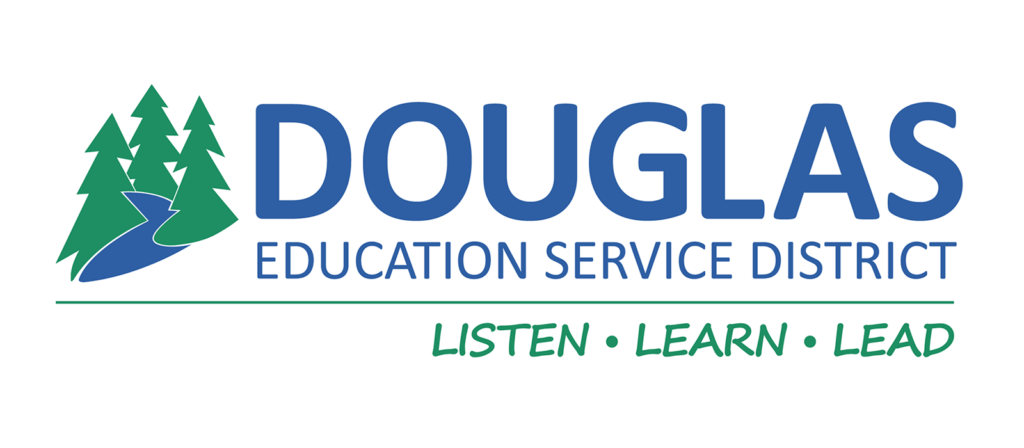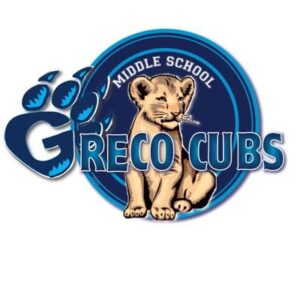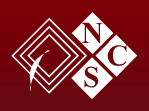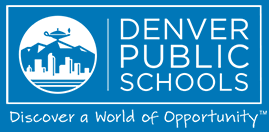
The vision of Student-Powered Improvement is to design solutions with students rather than for students. Through empathy, partnership, and reimagining who has power in schools, student-powered improvement leads to solutions that better meet students’ needs. Research shows that partnering with students makes schools better able to facilitate students’ academic and developmental success and address inequities (Kahne et al., 2022).

Involve students to create solutions that address their specific needs and challenges.
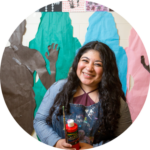
Value every student’s identity, strengths, and needs as a key practice.
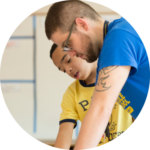
Trust students as active partners in decision-making.
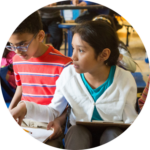
Co-create environments where students can profoundly shape their schools and communities.
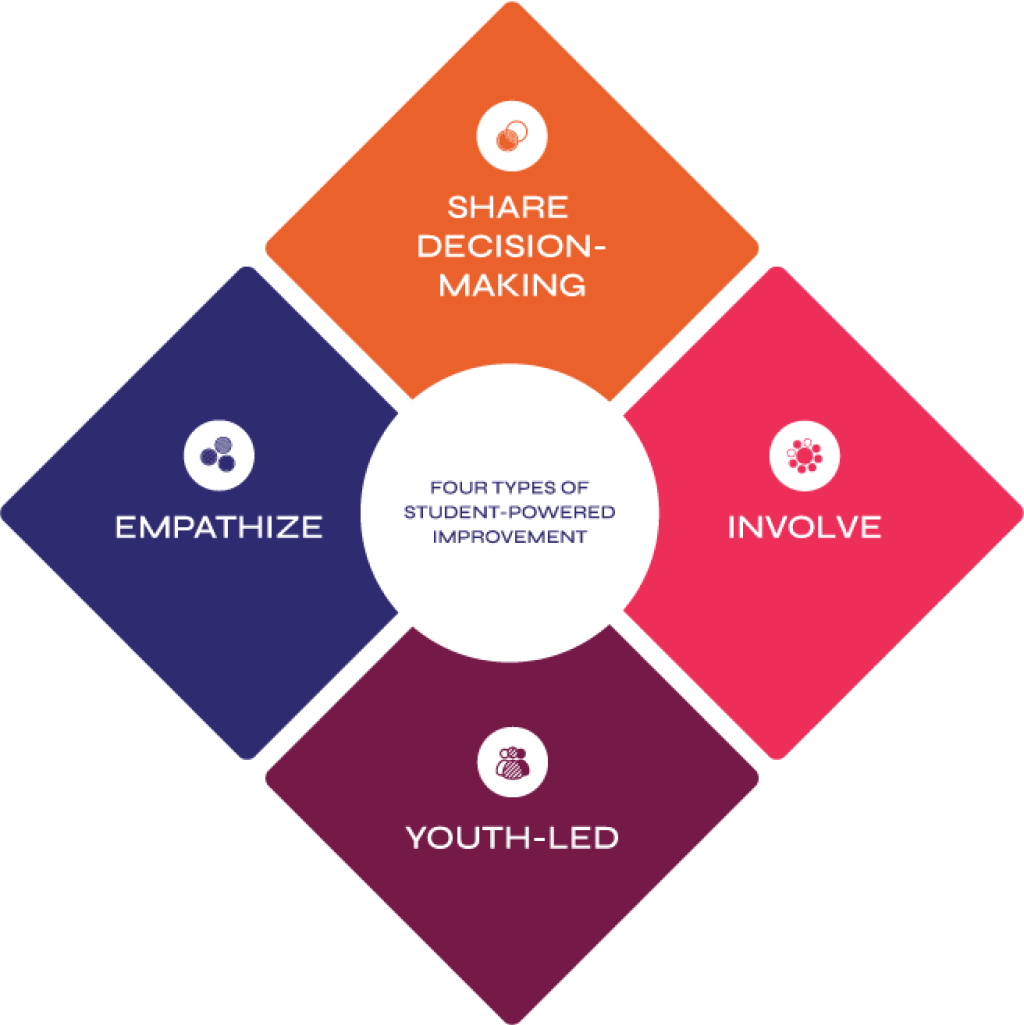
Distilled from powerful examples of student-powered improvement around the country, the six guiding principles help ensure that the youth involved can work from a place of agency and empowerment. The principles operationalize equity. They move teams towards joy and connection. And, they foster authentic and meaningful partnerships to address challenging problems.






Student-Powered Improvement emerged from conversations with staff and students from schools and organizations across the country. Descriptions of their work and lessons they learned are represented in case studies, guiding principles, and resources. Thank you to the many contributors who made this resource possible.
